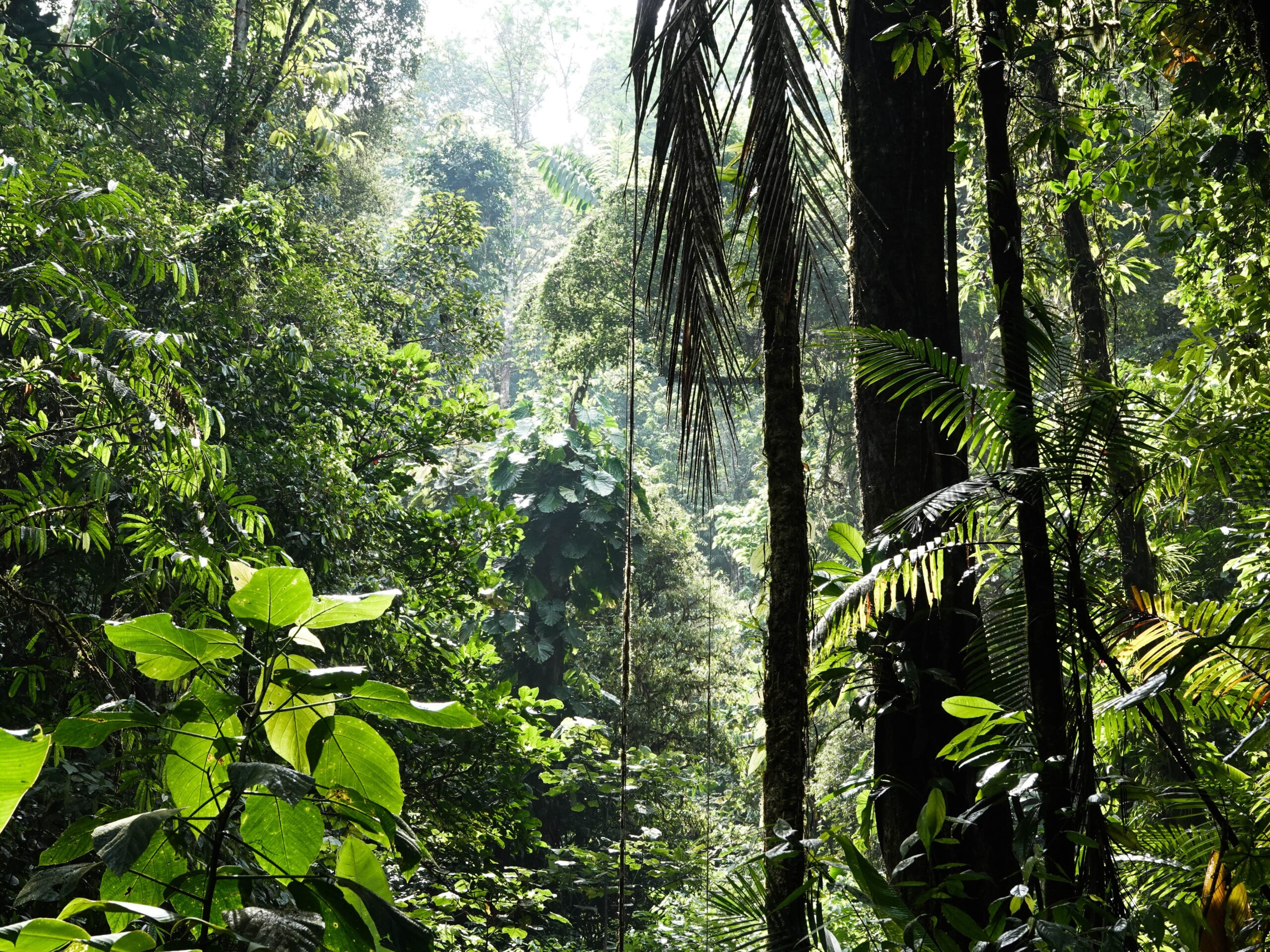
Did you know that global carbon emissions hit a staggering 36.8 billion tons in 2023? Our planet is feeling the heat, but we can all help turn things around. A carbon footprint is the total greenhouse gases your actions release. It matters because these gases trap heat and drive climate change. The good news? Everyday changes can shrink your footprint and make a real difference.
Using a carbon footprint calculator is the first step toward reducing your impact. It helps you understand your emissions and identify areas for improvement. Remember, addressing climate change requires collective action.
Even small changes in your daily life can make a difference. Calculate your footprint. Take steps to reduce it. By working together, we can create a more sustainable future for all.
Transportation: Greener Ways to Get Around
Reducing your transportation emissions is a great way to start. Consider alternatives to driving alone. Try public transit, cycling, or walking. These options are often cheaper and healthier, too.
If you must drive, practice fuel-efficient driving habits. Avoid speeding and hard acceleration. Keep your car properly maintained.
Consider Carpooling or Ride-Sharing
Sharing rides is good for the earth and your wallet. Fewer cars on the road mean lower emissions. Use carpooling apps to find people going your way. Organizing carpools with coworkers is another great way to share the ride.
Choose Fuel-Efficient Vehicles and Electric Cars
Choosing the right car can lower your impact. Hybrids and fuel-efficient cars burn less gas than standard vehicles. Research fuel efficiency ratings before you buy. The long-term savings can be significant.
Home Energy Consumption: Powering a Sustainable Lifestyle
Our homes consume a lot of energy. Try some changes to shrink your energy footprint.
There are many ways to reduce your home energy consumption. Improve your home’s insulation. This will reduce the need for heating and cooling. Use energy-efficient appliances and light bulbs.
Switch to Renewable Energy Sources
Renewable energy is better for the planet. Solar panels can power your home with clean energy. Some companies offer wind energy plans, too. Researching local options is a smart first step.
Improve Energy Efficiency
Small changes add up to big savings. Swap old bulbs for LEDs. Seal drafts around windows and doors. Insulating your home keeps it warmer in winter and cooler in summer. This means less energy used overall. An energy audit can pinpoint areas for improvement.
Reduce Water Heating Costs
Heating water uses a lot of energy. Low-flow showerheads use less water. Washing clothes in cold water saves energy and money. Insulating your water heater helps keep the heat in.
Dietary Choices: Eating for a Healthier Planet
What we eat has a significant impact on the environment. Let’s make more responsible choices.
What you eat and buy matters. Reduce your meat consumption, especially beef. Try plant-based meals. This has a big impact on emissions. Reduce food waste by planning meals and storing food properly.
Reduce Meat Consumption
Meat production contributes to greenhouse gases. Beef has an especially high carbon footprint. Try to incorporate more plant-based meals into your week.
Buy Local and Seasonal Produce
Supporting local farmers is good for the earth. It reduces the distance your food travels. Shop at farmers’ markets for fresh, seasonal produce. Eating what’s in season tastes great and helps the environment.
Reduce Food Waste
Food waste is a big problem. It wastes resources and releases harmful gases as it rots. Plan your meals carefully. Store food properly to keep it fresh. Compost food scraps to enrich your garden.
Reduce, Reuse, Recycle: Minimizing Waste
Let’s look past basic recycling and explore waste reduction tips.
Repair and Repurpose Items
Fix broken items instead of throwing them away. Learn basic repair skills or find a local repair shop. Give old items new life with a little creativity.
Recycle Properly
Recycling is important, but only if it’s done right. Different communities have different rules. Find out what your local program accepts. Sort materials correctly to avoid contamination.
The Broader Impact: Why Individual Actions Matter
The Cumulative Effect of Individual Choices
Individual carbon footprints may seem small, but they add up. When many people make changes, the impact is huge. Collective action can drive significant reductions in greenhouse gas emissions.
Every small change you make sends a message. It encourages others to take action too. Together, our choices can create a more sustainable future. The cumulative effect of individual choices is powerful.
Advocacy and Systemic Change
Beyond individual actions, advocate for policies that support sustainability. Contact your elected officials and voice your concerns. Support businesses committed to reducing their carbon footprint.
Choose companies that use renewable energy. Also, look for those that prioritize sustainable practices. By supporting these businesses, you encourage others to follow suit. Systemic change requires both individual action and advocacy.
Conclusion
Reducing your carbon footprint doesn’t have to be hard. Choosing public transport, using less energy, and eating more plant-based meals can really help. So can reducing waste and recycling the right way. Every small change makes a difference when we all work together. What one change will you commit to today?


